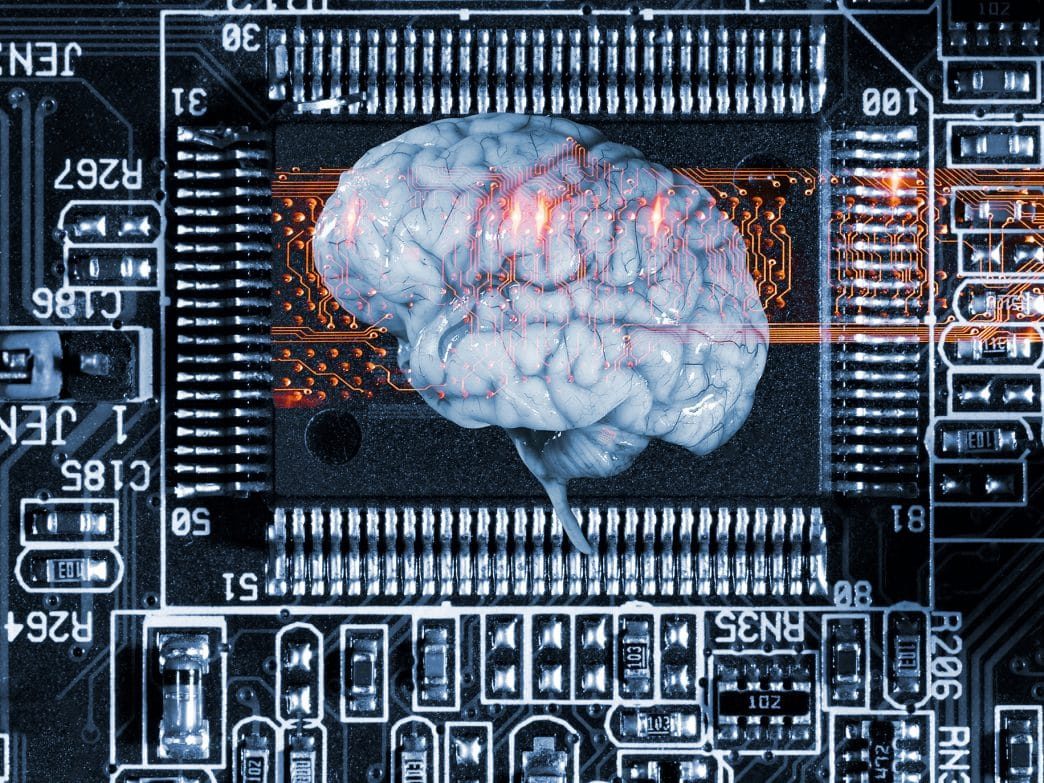
© Bigstock
A new study has found that patients with Major Depressive Disorder (MDD) who had recovered from symptoms were able to strengthen some of their brain connections, increasing their self-esteem.
The research showed that connectivity between certain brain regions — previously found to be decreased when people with a history of depression feel guilt — could be strengthened in a single session of neurofeedback training. Researchers used functional magnetic resonance imaging (fMRI), captured before and after the procedure, to measure the difference.Using fMRI, the researchers found that people with depression, even when recovered from symptoms, showed less connectivity between two specific brain areas while experiencing feelings of guilt — the right anterior superior temporal (ATL) and the anterior subgenual cingulate (SCC).
Based on this "neural signature" on patients' brains, the study tested the possibility of strengthening these connections through neurofeedback, a program that allows participants to observe and modify their brain activities in real time.
The result was quite remarkable, according to the researchers:
In just one training session, participants already demonstrated a stronger connection between the ATL and SCC and reported an increase in self-esteem.Why did researchers choose people who had recovered from their symptoms for their study?
"The brain signature of excessive self-blame was discovered in patients with Major Depressive Disorder whose symptoms had remitted, suggesting it could precede the symptoms of depression, making people more vulnerable to the disorder," explained the study's first author, Dr. Roland Zahn at King's College London. "Secondly, for safety reasons we wanted to make sure people's depression wouldn't get worse after the treatment, and people with remitted MDD are less at risk to worsen significantly than people with current symptoms."
For the study, 28 participants with remitted depressive symptoms were randomly divided into two groups. One group was exposed to a control neurofeedback exercise where they had to maintain the same level of their brain connections, while the other group was instructed to increase these connections during training.
This was accomplished through visual feedback on a screen that indicated if people were doing the brain exercise in the instructed way.
"The participants had to imagine a specific memory from their past which made them feel guilt or indignation towards others," Zahn said.
"On the screen, they had to change the way they felt about this so that the color display that reflected their brain connections would also change. The marker was a thermometer that, when filled to the top, would be a signal that the participants were doing well in the training."In the fMRI results, participants who were instructed to increase activity on their brain wirings showed strengthening in the connectivity between the exercised areas.At the same time, researchers observed an increase in their self-esteem that wasn't found in the group that kept their connections at the same initial level. This proved the effectivity of the training, according to the researchers.
The study also required developing a new neurofeedback software, "Functional Real-Time Interactive Endogenous Neuromodulation and Decoding" (FRIEND).
Dr. Jorge Moll, a neuroscientist at the D'Or Institute for Research and Education (IDOR) in Brazil, and corresponding author of the study, led the group who created the program.
"FRIEND is a toolbox developed for any kind of neurofeedback study using fMRI," he said. "The current implementation is geared towards this aspect of MDD pathophysiology, but other designs, cognitive states, emotions, and patient populations can also be targeted in future research."Moll adds the FRIEND software is available online for free, accessible to any other interested researchers.The researchers add that the new study is the first step in developing a novel treatment for recurrent depression, but it was not intended to prove the efficacy of this approach, which will need to be investigated in future larger studies with longer follow-up observations.
The study was published in the journal
Neuroimage: Clinical.
Guilt is a normal human emotion. Why would you want to wipe it out?